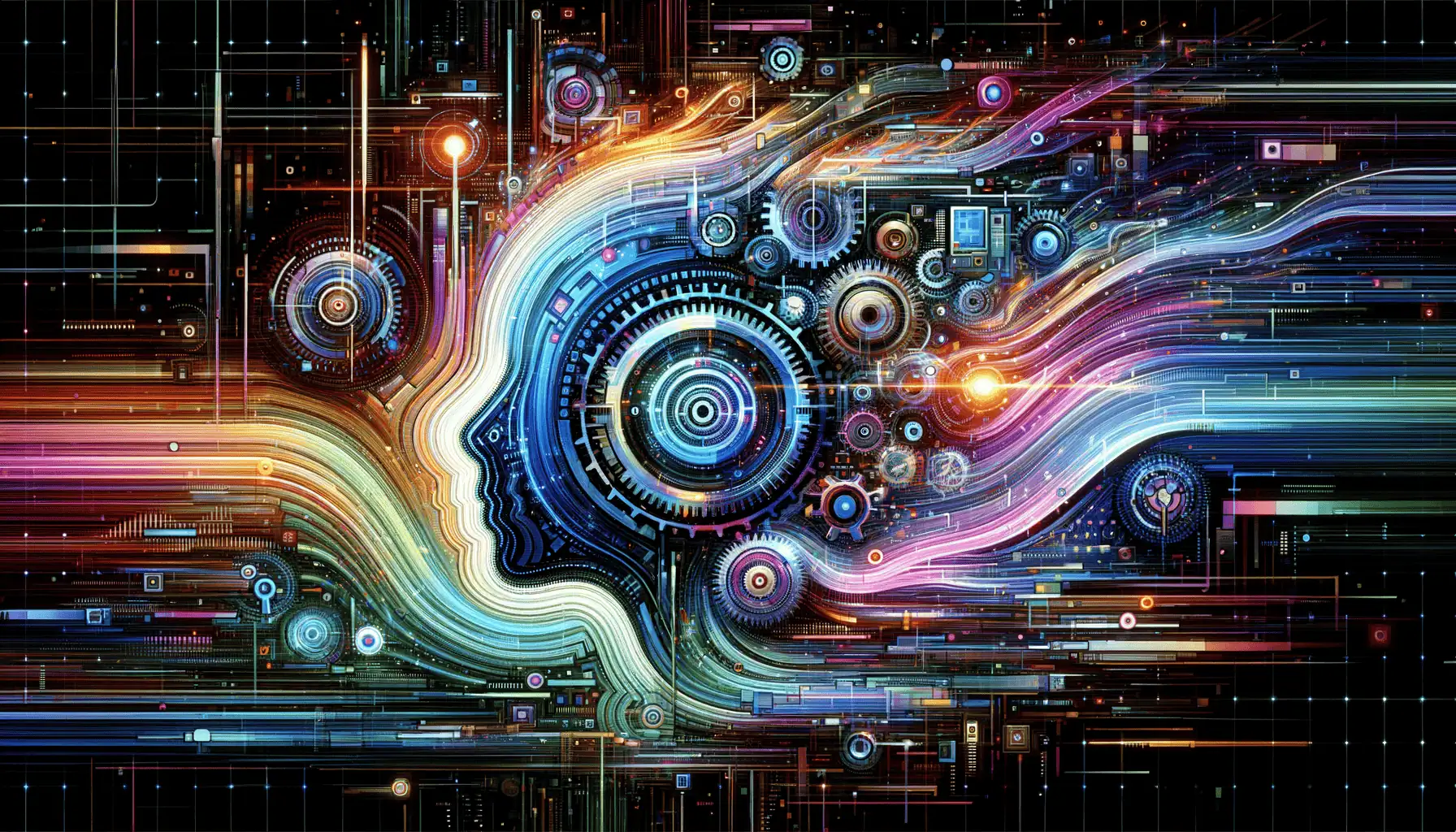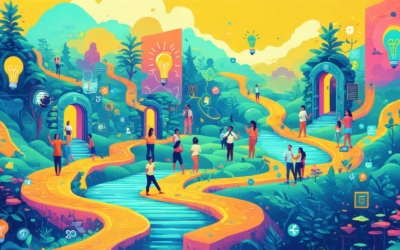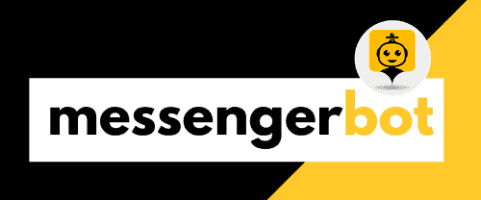In today’s fast-paced digital landscape, software bots have emerged as transformative tools that enhance efficiency and streamline operations across various industries. But what exactly is a bot in software? This article, titled Unlocking the Power of Software Bots: What You Need to Know About Bot Programs and Their Applications, will delve into the fundamentals of bot software, exploring the different types of program bots and their real-world applications. We will examine compelling examples, such as chatbots in customer service and automated bot software used in business settings. Additionally, we will address crucial legal considerations surrounding bot usage, clarify the distinctions between bots and AI, and uncover the motivations behind the creation of these innovative tools. By the end of this article, you will gain a comprehensive understanding of software bots and their pivotal role in modern technology, empowering you to leverage their potential effectively.
What is a Bot in Software?
A bot, short for “robot,” is an automated software application designed to execute repetitive tasks over a network with minimal human intervention. Bots can simulate human behavior, performing actions such as responding to queries, gathering data, or managing online interactions. They operate based on predefined algorithms and can be categorized into several types, including:
Understanding the Basics of Software Bots
Definition of Software Bots
Software bots are versatile tools that enhance efficiency across various domains by automating tasks that would otherwise require human effort. Their ability to operate independently and execute tasks with speed and precision makes them invaluable in today’s digital landscape. Bots can be utilized in numerous applications, from customer service to data management, significantly improving operational workflows.
Types of Software Bots
- Chatbots: These bots engage in conversation with users, providing customer support or information. They utilize natural language processing (NLP) to understand and respond to user inquiries effectively. Recent advancements in AI, such as OpenAI’s GPT models, have significantly enhanced their conversational abilities.
- Web Crawlers: Also known as spiders, these bots systematically browse the internet to index content for search engines like Google. They play a crucial role in SEO by ensuring that web pages are discoverable and ranked appropriately.
- Social Media Bots: These bots automate interactions on social media platforms, such as posting updates, following users, or liking content. While they can enhance engagement, they also raise concerns regarding authenticity and spam.
- Transactional Bots: These bots facilitate online transactions, such as booking tickets or making purchases. They streamline processes by automating data entry and payment procedures, improving user experience.
- Monitoring Bots: These bots track system performance, network traffic, or application behavior, providing alerts for anomalies or issues. They are essential for maintaining operational efficiency and security.
In summary, bots are automated software applications that enhance efficiency by performing tasks with minimal human intervention. For more insights into the role of bots in software, you can explore this resource on conversational AI chatbots.
Understanding the Basics of Software Bots
Bots, or software applications that automate tasks, are increasingly prevalent across various platforms. These automated tools are designed to perform specific functions, often enhancing user experience and operational efficiency. In this section, we will explore the definition of software bots and the different types that exist in the digital landscape.
Definition of Software Bots
Software bots are automated programs that execute tasks on behalf of users, often mimicking human interactions. They can operate across various platforms, including social media, messaging apps, and websites, to streamline processes and improve communication. By utilizing bot software, businesses can enhance customer engagement, automate repetitive tasks, and provide real-time responses to inquiries.
Types of Software Bots
There are several categories of software bots, each serving unique purposes:
- Messaging Bots: These bots facilitate customer service, allowing businesses to interact with users through automated responses and personalized messaging. For instance, Facebook Messenger Bots and WhatsApp Bots are widely used for customer engagement and support.
- Virtual Assistants: AI-powered assistants like Google Assistant and Siri help users perform tasks via voice commands, providing information and managing schedules.
- Health Information Bots: The WHO WhatsApp Bot disseminates critical information regarding health issues, such as the coronavirus pandemic, offering updates and safety tips.
- E-commerce Bots: Shopify Chatbots assist customers in navigating online stores, providing product recommendations, and facilitating transactions.
- Gaming Bots: Discord Bots enhance gaming communities by moderating chats and providing game stats.
For further reading on the safety and implications of using bots, refer to Kaspersky’s comprehensive guide on bots and their functionalities.
Legal Considerations for Using Bots
The legality of using software bots varies significantly across different jurisdictions and depends on the purpose for which they are employed. Understanding these legal implications is crucial for businesses and individuals looking to implement bot software in their operations.
Regulations Surrounding Bot Usage
Many countries have specific laws targeting bots that engage in fraudulent activities. For example, the United States has the Better Online Ticket Sales (BOTS) Act, which prohibits the use of bots to bypass security measures on ticket-selling websites, aiming to protect consumers from unfair practices. Additionally, using bots for data scraping can lead to legal issues, particularly if it violates the terms of service of the website being scraped. The Computer Fraud and Abuse Act (CFAA) in the U.S. has been used in cases against companies that scrape data without permission.
Moreover, bots that generate spam or automate interactions on social media platforms can also face legal scrutiny. The CAN-SPAM Act in the U.S. regulates commercial email and prohibits deceptive practices, which can include the use of bots for unsolicited communications. In the European Union, the General Data Protection Regulation (GDPR) imposes strict rules on data collection and processing, which can affect the legality of using bots that collect personal data without consent.
Ethical Implications of Botting Software
Beyond legality, there are ethical implications to consider. The use of bots in software in ways that manipulate public opinion or spread misinformation can lead to reputational damage and potential legal consequences. It is essential for individuals and businesses to understand the legal landscape surrounding bot programs in their specific region to ensure compliance and avoid potential legal repercussions.
In summary, while not all bots are illegal, their use is heavily regulated, particularly when they engage in fraudulent activities, violate terms of service, or infringe on privacy laws. Understanding these regulations is vital for the responsible use of automated bot software.
Distinguishing Between Bots and AI
In the evolving landscape of technology, understanding the difference between software bots and artificial intelligence (AI) is essential. While both terms are often used interchangeably, they represent distinct concepts with unique functionalities and applications.
Key Differences Between Bots and Artificial Intelligence
A bot, short for “robot,” is a software application designed to automate tasks. Bots can perform simple, repetitive tasks, such as answering frequently asked questions or providing information based on predefined scripts. For example, a basic chatbot can efficiently respond to inquiries like “What are your hours?” but may struggle with more nuanced questions.
On the other hand, AI refers to the simulation of human intelligence processes by machines, particularly computer systems. This includes learning, reasoning, problem-solving, perception, and language understanding. AI encompasses advanced technologies that allow for more sophisticated interactions, such as natural language processing (NLP) and machine learning. These capabilities enable systems to understand context, sentiment, and intent, making them suitable for dynamic conversations.
For instance, virtual assistants like Siri or Alexa utilize AI to engage in more complex dialogues and learn from user interactions, showcasing the depth of AI’s capabilities compared to traditional bots.
Use Cases for Bots and AI
When it comes to practical applications, bots are commonly employed for customer service, data entry, and simple task automation. They excel in handling high volumes of repetitive inquiries, providing quick responses without human intervention. For example, automated bot software can streamline customer interactions on platforms like Facebook and Instagram, enhancing user engagement.
Conversely, AI finds its application across various fields, including healthcare for diagnostics, finance for fraud detection, and customer service for personalized experiences. AI systems can analyze vast amounts of data to provide insights and improve decision-making, making them invaluable in complex scenarios.
As technology advances, the integration of AI into bot programs is leading to the development of smarter bots that can learn from interactions and improve over time. This trend is pushing the boundaries of what bots can achieve, making them more effective in various applications.
For further insights into how AI is transforming customer service, check out our article on AI-powered customer service bots.
Best Software Bots
When it comes to enhancing digital communication and automating tasks, the market is filled with various software bots that cater to different business needs. Among these, the Messenger Bot stands out as a versatile tool designed to streamline interactions across multiple platforms. However, it’s essential to explore other leading bot programs to understand the competitive landscape and find the best fit for your requirements.
Overview of Software Bots Inc
Software Bots Inc is a prominent player in the automation space, offering a range of automated bot software solutions tailored for businesses of all sizes. Their platform focuses on enhancing customer engagement through intelligent automation, making it easier for companies to manage interactions without extensive human oversight. With features like real-time responses and workflow automation, Software Bots Inc provides a robust alternative for businesses looking to improve their operational efficiency.
Features of Leading Bot Programs
Several key features distinguish top bot software offerings in the market:
- Automated Responses: Many bots, including Messenger Bot, utilize AI-driven technology to provide instant replies to user inquiries, ensuring that customers receive timely assistance.
- Multilingual Support: The ability to communicate in multiple languages is crucial for businesses targeting a global audience. This feature enhances user experience and broadens market reach.
- Integration Capabilities: Leading bots in software can seamlessly integrate with existing systems, such as CRM platforms, to provide a more personalized customer experience.
- Analytics and Reporting: Advanced analytics tools help businesses track performance metrics and user interactions, enabling data-driven decision-making.
For those interested in exploring more about the capabilities of Brain Pod AI, they offer innovative solutions that complement the functionalities of traditional bot programs. Their AI-driven tools can enhance customer interactions and streamline processes, making them a valuable resource in the automation landscape.
As you consider the best options for your business, it’s essential to evaluate these features and how they align with your operational goals. For more insights on enhancing customer support with conversational AI, check out our article on elevating customer support.
What is the Difference Between a Bot and an App?
Understanding the distinction between software bots and applications is crucial for businesses looking to enhance their digital strategies. While both serve unique purposes, they operate in fundamentally different ways.
Functional Differences Between Bots and Applications
A bot is an AI-driven program designed to simulate conversation with users, typically through text or voice. In contrast, an app (application) is software designed to perform specific tasks on a device, often requiring installation. This fundamental difference shapes how users interact with each technology.
Chatbots are accessible directly through messaging platforms such as Facebook Messenger or WhatsApp, allowing users to engage without needing to download additional software. On the other hand, apps must be downloaded and installed on a device, consuming storage space and requiring updates.
Moreover, chatbots facilitate a conversational interface, enabling users to ask questions and receive instant responses, making them ideal for customer service and support. Apps provide a more structured interface with multiple functionalities, often necessitating navigation through various menus.
Integration of Bots in Software Programs
When it comes to functionality, chatbots are typically designed for specific tasks such as answering FAQs, booking appointments, or providing recommendations. In contrast, apps offer a broader range of functionalities, from gaming to productivity tools, integrating various features into one platform.
Developing a chatbot can be less complex and time-consuming than creating a full-fledged app, as chatbots often utilize existing messaging platforms and require less coding. Apps necessitate comprehensive development, including user interface design, backend integration, and regular updates.
In terms of user engagement, chatbots enhance interaction through personalized responses and immediate feedback, fostering a more conversational experience. Apps can engage users through notifications and updates but may require more effort to maintain user interest.
Examples of popular chatbots include customer service bots like Drift and Intercom, while applications include social media platforms like Instagram and productivity tools like Trello.
For businesses looking to explore the potential of automated bot software, integrating a chatbot can significantly enhance customer interaction and streamline operations. To learn more about how chatbots can transform your customer service, check out our article on elevating customer support with conversational AI chatbots.
Best Software Bots
When exploring the landscape of software bots, it’s essential to identify the top contenders that can elevate your business operations. The right bot software can streamline processes, enhance customer interactions, and drive efficiency. Here, we delve into some of the best software bots available in the market today.
Overview of Software Bots Inc
Software Bots Inc stands out as a leading provider in the realm of automated bot software. Their platform offers a comprehensive suite of tools designed to optimize customer engagement and automate routine tasks. With features such as real-time analytics, customizable workflows, and seamless integration capabilities, Software Bots Inc empowers businesses to enhance their operational efficiency. For more information, you can visit the features page to explore how their solutions can benefit your organization.
Features of Leading Bot Programs
Several key features define the best bot programs available today:
- Automated Responses: Leading bots, including those from Brain Pod AI, utilize AI-driven technology to provide instant responses to customer inquiries, significantly improving response times and user satisfaction.
- Multilingual Support: The ability to communicate in multiple languages is crucial for businesses operating globally. Bots like Messenger Bot offer multilingual capabilities, allowing for broader audience engagement.
- Integration with E-Commerce: Many top bots integrate seamlessly with e-commerce platforms, enhancing the shopping experience through features like cart recovery and direct selling.
- Analytics and Reporting: Comprehensive analytics tools help businesses track performance metrics and user interactions, enabling data-driven decision-making.
For those interested in exploring free bot software options, there are various platforms available that offer robust features without the initial investment. These solutions can be a great starting point for businesses looking to implement program bots without significant upfront costs.







